Optimal Timing for Foundation Repairs
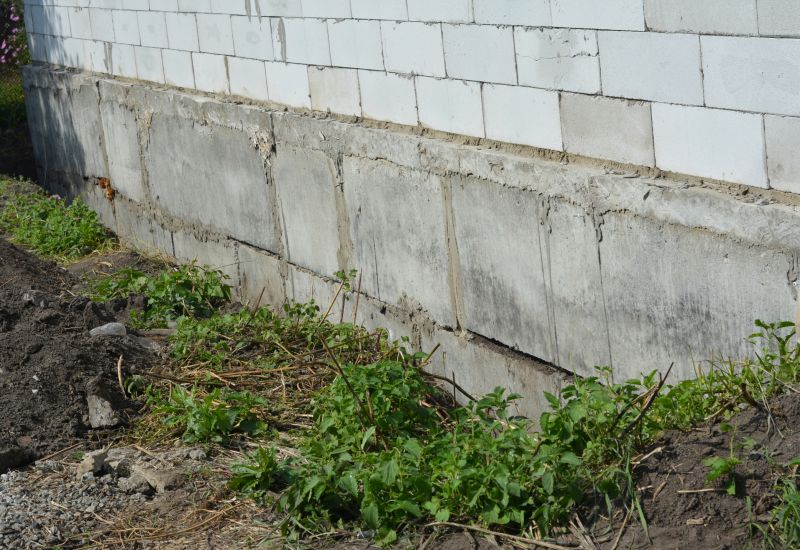
Spring offers moderate weather conditions, making it suitable for foundation repairs without extreme heat or cold.
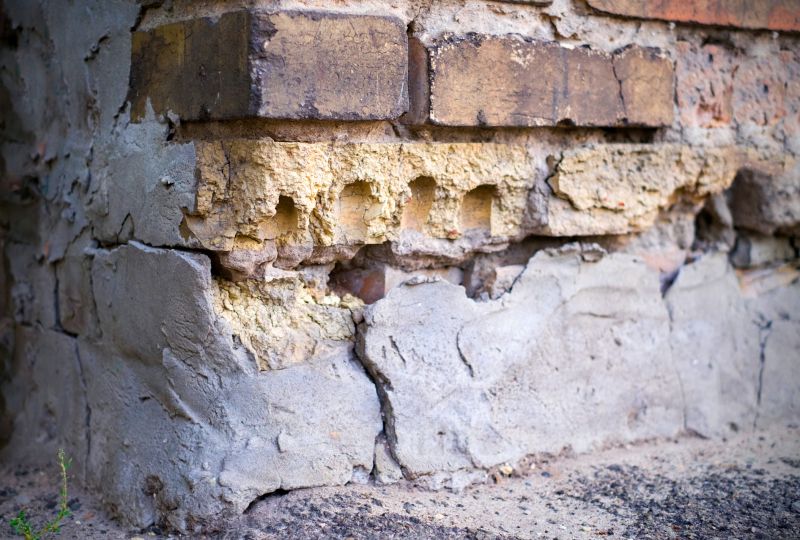
Summer can be challenging due to high temperatures and potential drought conditions, but repairs can still be effectively scheduled.
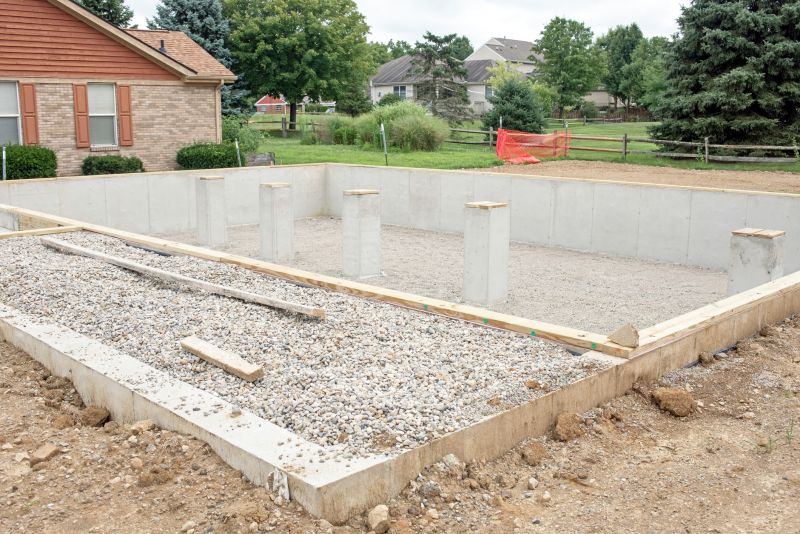
Fall provides cooler temperatures and less humidity, which can facilitate better repair conditions and scheduling flexibility.
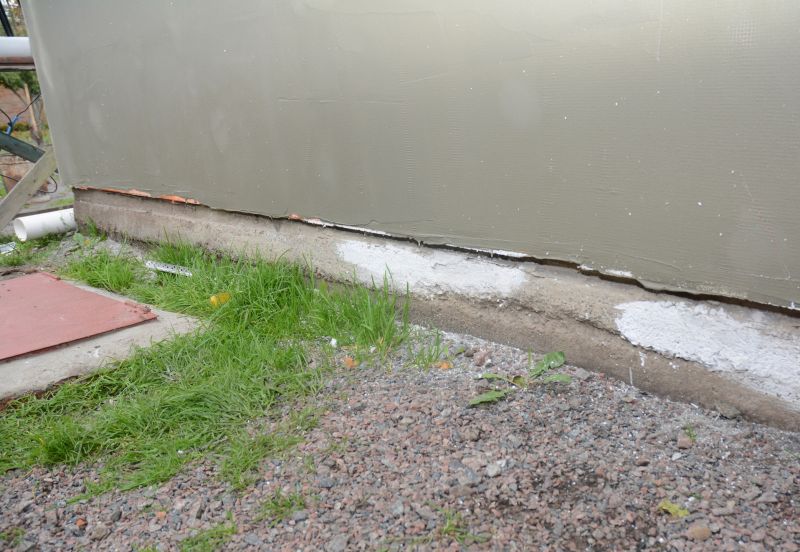
Ways to make Foundation Repairs work in tight or awkward layouts.
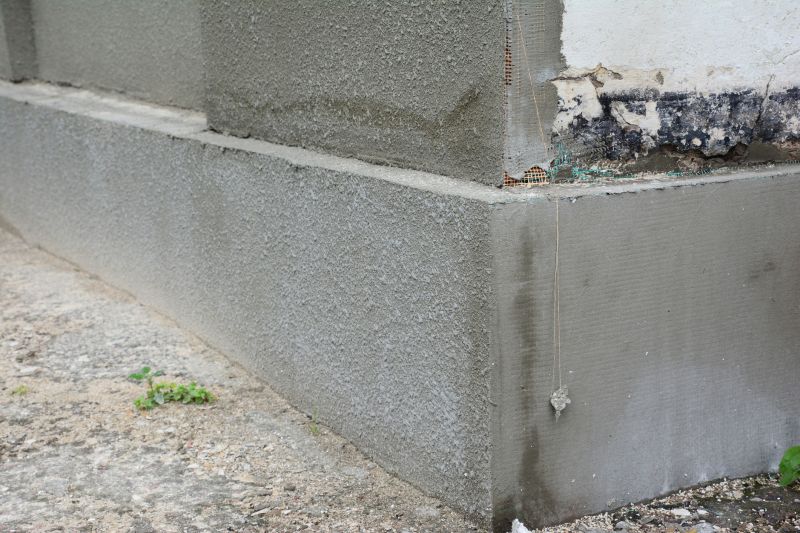
Popular materials for Foundation Repairs and why they hold up over time.
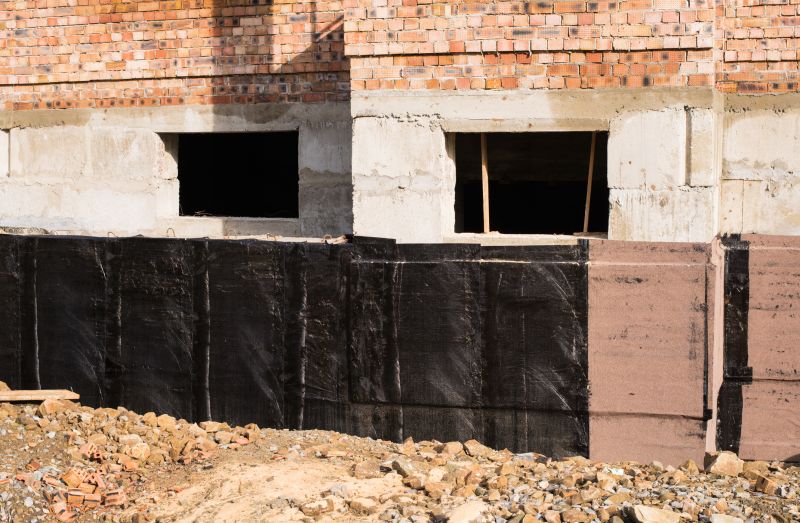
Simple add-ons that improve Foundation Repairs without blowing the budget.
Foundation repairs are essential for maintaining the structural integrity of a building. Addressing issues promptly can prevent further damage and costly repairs. The best time to undertake foundation repairs depends on various factors including weather conditions, soil moisture levels, and contractor availability. Typically, mild weather seasons such as spring and fall are preferred for their stable conditions, which facilitate effective repair work.
Statistics show that foundation issues can affect up to 25% of homes in regions with variable soil conditions. Delayed repairs may lead to increased structural damage, higher repair costs, and potential safety concerns. Proper timing ensures that repairs are durable and less prone to weather-related disruptions.
Mild temperatures and stable soil moisture levels create ideal conditions for foundation repairs, improving adhesion and curing processes.
Extreme weather can hinder repair work, cause delays, or compromise the integrity of repair materials.
Soil that is too dry or too wet can exacerbate foundation issues, making timing crucial for effective repairs.
Off-peak seasons may offer more flexible scheduling options for foundation repair services.
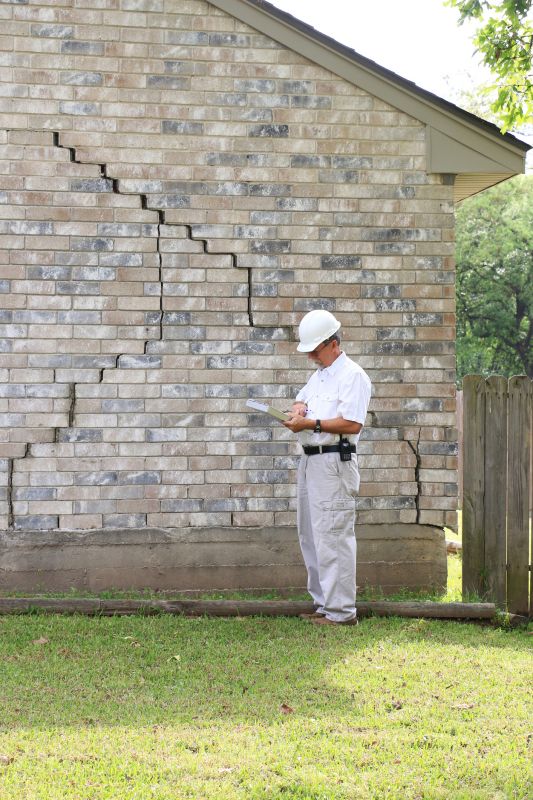
A professional inspection can identify early signs of foundation settlement or cracking.

Timing repairs to coincide with soil stabilization can improve long-term outcomes.
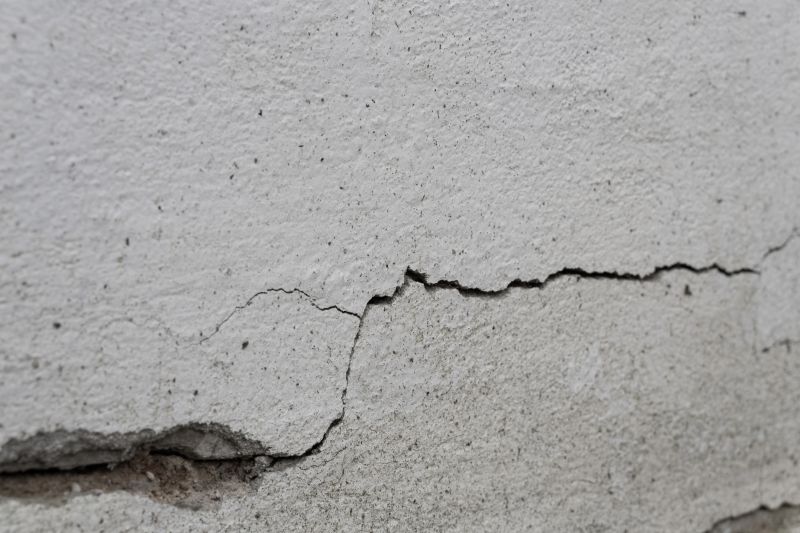
Addressing cracks during appropriate seasons ensures better adhesion and curing.
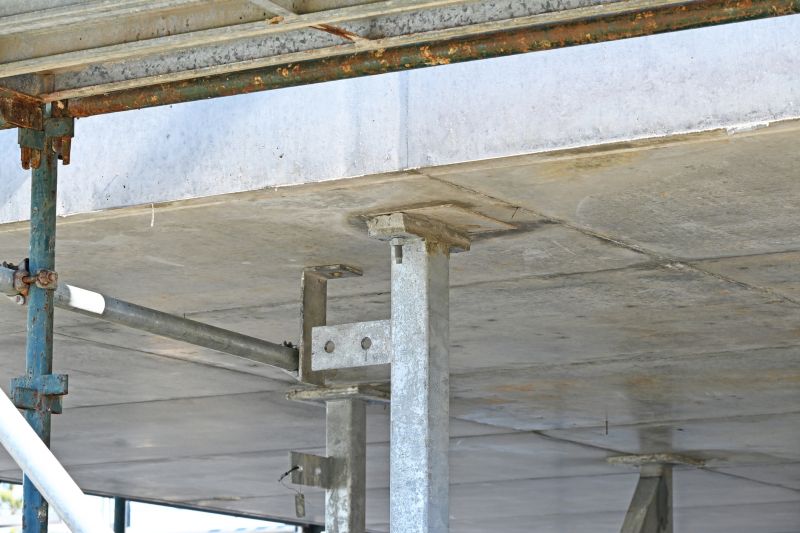
Proper timing ensures that pier installation is effective and durable.
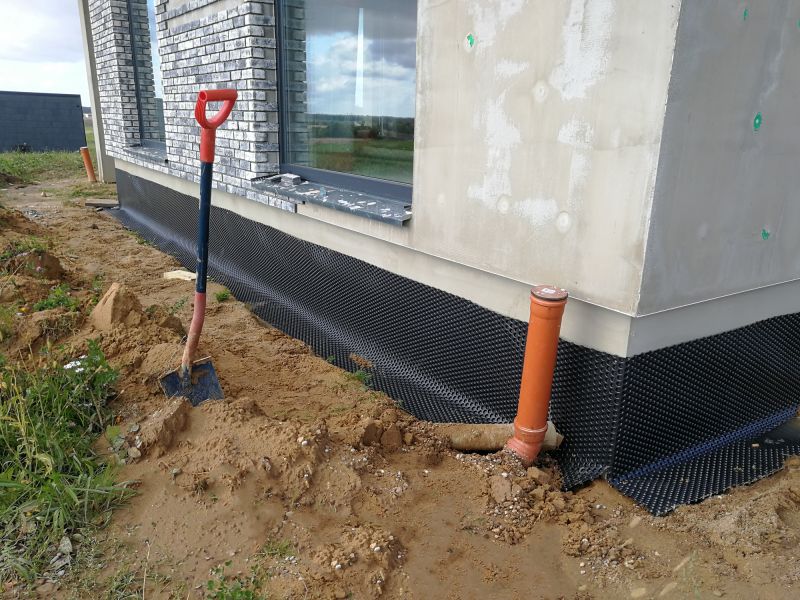
Timing drainage upgrades during dry seasons can prevent water-related foundation issues.

Leveling work is best performed when soil conditions are stable.
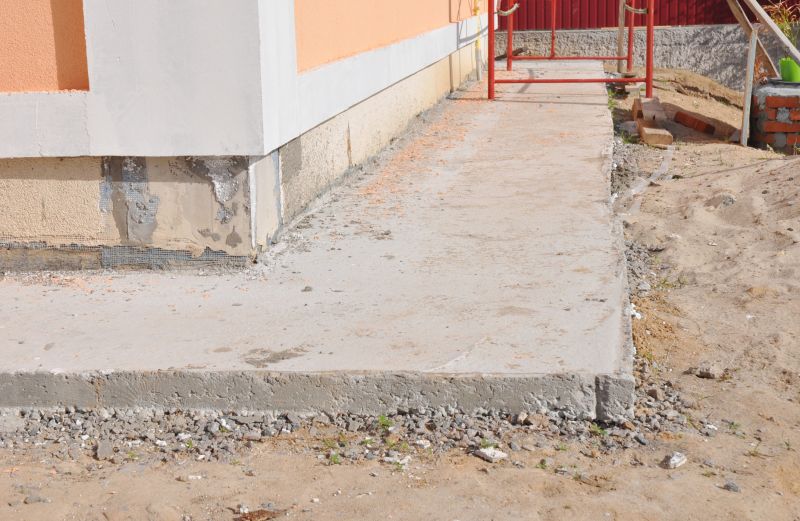
Follow-up inspections confirm the success of repairs and are best scheduled during favorable weather.
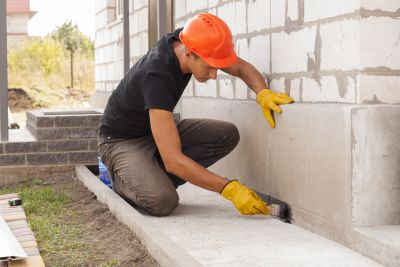
Regular maintenance during suitable seasons can extend the lifespan of foundation repairs.
| Season | Recommended Action |
|---|---|
| Spring | Ideal for inspections and minor repairs due to moderate weather. |
| Summer | Suitable for major repairs; ensure weather conditions are not extreme. |
| Fall | Optimal for repairs due to cooler temperatures and stable soil conditions. |
| Winter | Generally not recommended; extreme cold can hinder repair work. |
Foundation repairs are a critical aspect of maintaining a building's safety and stability. Addressing issues during the appropriate seasons can lead to more effective repairs, reduced costs, and longer-lasting results. Proper timing considers weather patterns, soil conditions, and contractor schedules to ensure the best possible outcome.
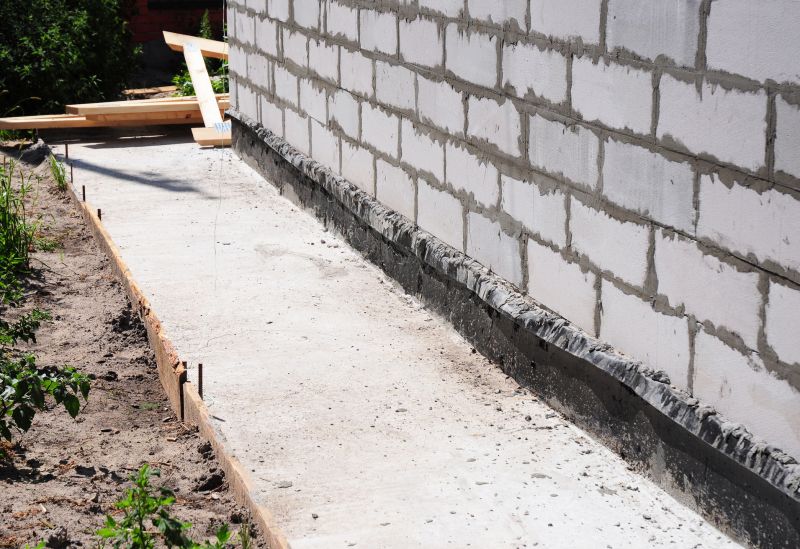
An overview of typical steps involved in foundation repair including inspection, stabilization, and leveling.
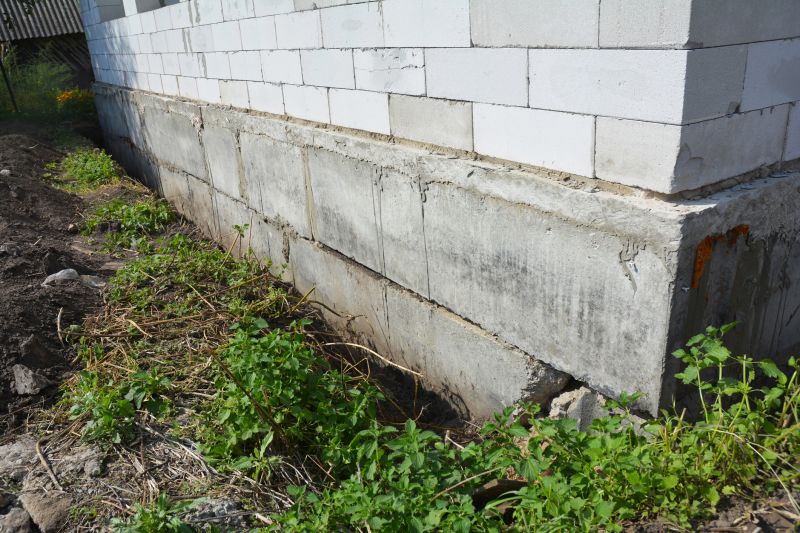
Visual evidence of foundation repair effectiveness when performed at the right time.
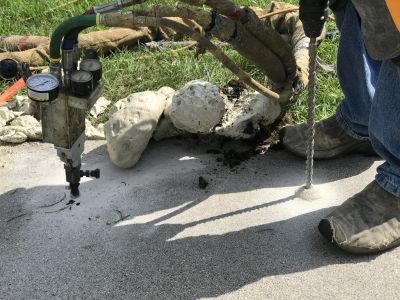
Common equipment and materials employed during various foundation repair procedures.

High-end options that actually feel worth it for Foundation Repairs.
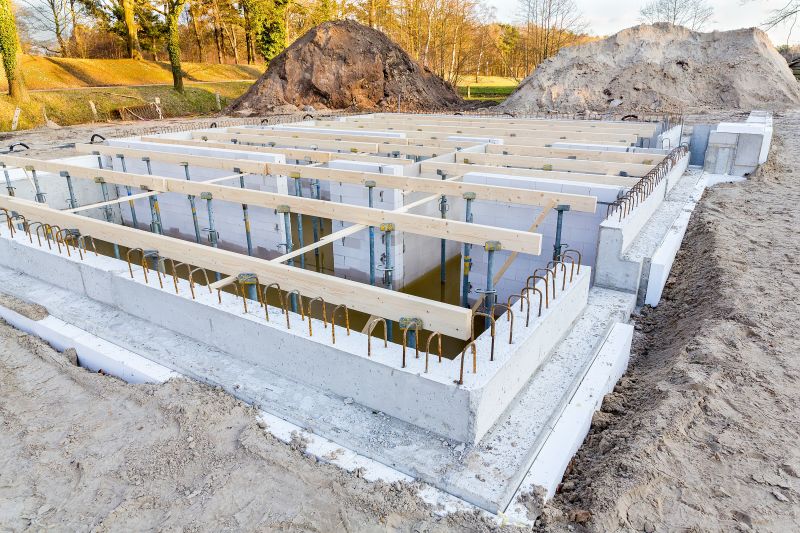
Finishes and colors that play nicely with Foundation Repairs.
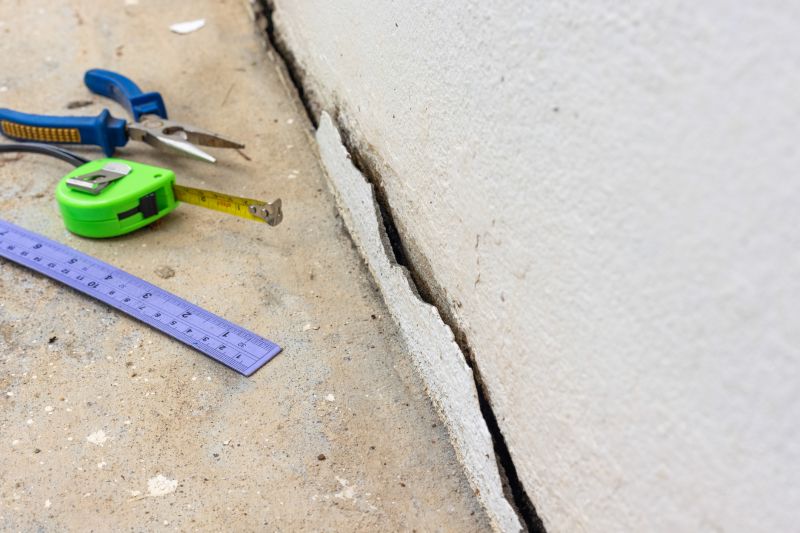
Little measurements that prevent headaches on Foundation Repairs day.
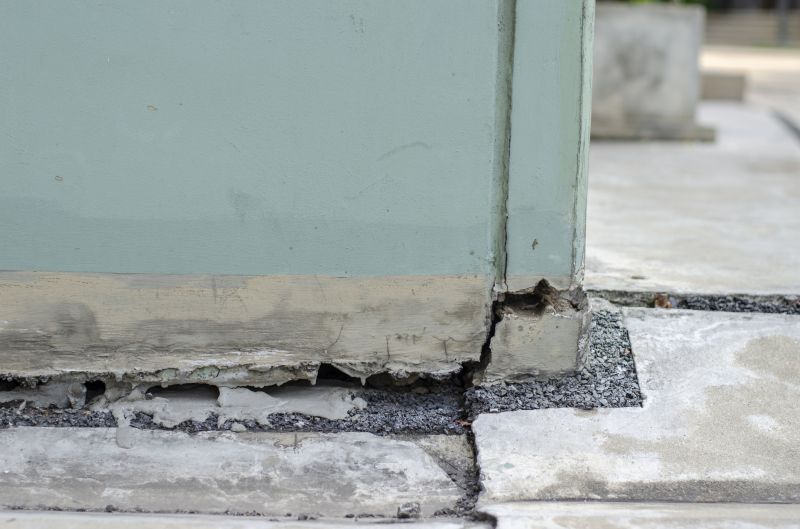
A 60-second routine that keeps Foundation Repairs looking new.
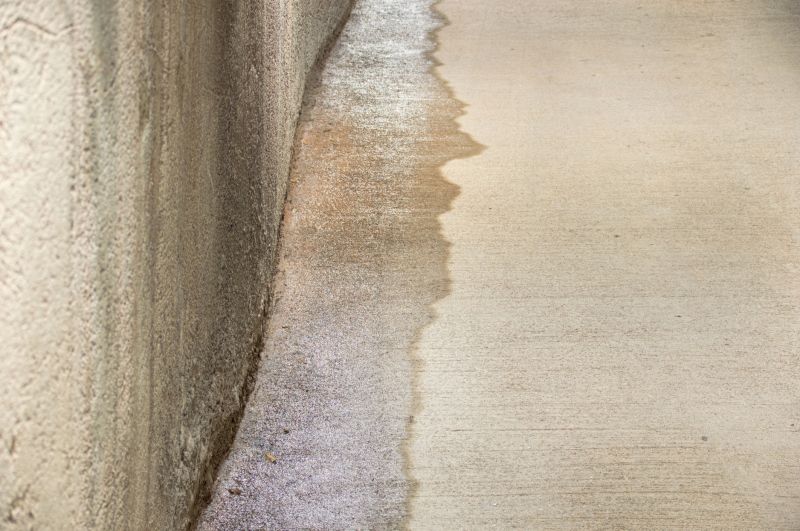
A frequent mistake in Foundation Repairs and how to dodge it.
Interested property owners are encouraged to contact for further guidance on timing and planning foundation repairs. Proper scheduling and timely intervention can significantly improve the durability and safety of a structure.

